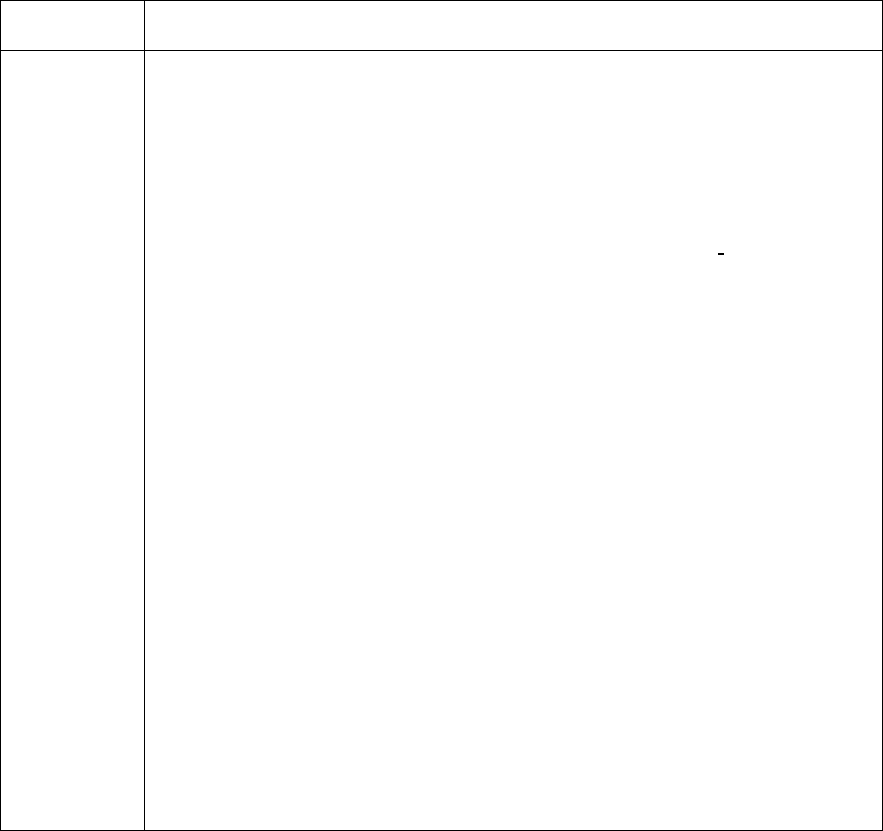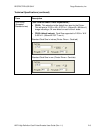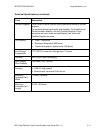
RESTRICTED USE ONLY Fargo Electronics, Inc.
HDPii High Definition Card Printer/Encoder User Guide (Rev. 1.1)
2-16
Functional Specifications
The Card Printer utilizes two different, yet closely related printing technologies to achieve its
remarkable print quality for dye-sublimation and resin thermal transfer. See previous section
as needed.
The following describes how each of these technologies works:
Function Description
Dye-
Sublimation
Dye-Sublimation is the print method the Card Printer uses to produce
smooth, continuous-tone images that look photographic. (Note: This
process uses a dye-based Ribbon roll that is partitioned by a number of
consecutive color Panels.)
• Process colors: The Panels are grouped in a repeating Series of
three process colors - yellow, magenta and cyan (YMC), along the
entire length of the Print Ribbon.
(Note: The Inhibit or I designation
under YMCI, YMCKI, and YMCKIKI indicates the ability to prevent the
transfer of film to the card surface. Users can select these Ribbon
types to prevent film from transferring over security features,
signature panel or other areas of special interest on the card surface.)
• Panels: The Printer always prints the yellow Panel first, followed by
the magenta Panel and the cyan Panel.
• Printhead: As the Print Ribbon passes beneath the Printhead,
hundreds of thermal elements, within the Printhead, heat the dyes on
the Ribbon. (Note: When these dyes are heated, they vaporize and
diffuse into the surface of the film. A separate pass is made for each
of the three color Panels on the Ribbon.)
• Color Shades: By combining the colors of each Panel and by
varying the heat used to transfer these colors, it is possible to print up
to 16.7 million different shades of color. (Note: This blends one color
smoothly into the next, producing photo-quality images with
absolutely no dot pattern.)
• Dye-Diffusion Thermal Transfer: It is the process of heating a dye
suspended in a cellulous substrate until the dye can flow, diffusing
into the dye receptive surface of the card or InTM. (Note: This
produces the image in the surface of the card.)


















